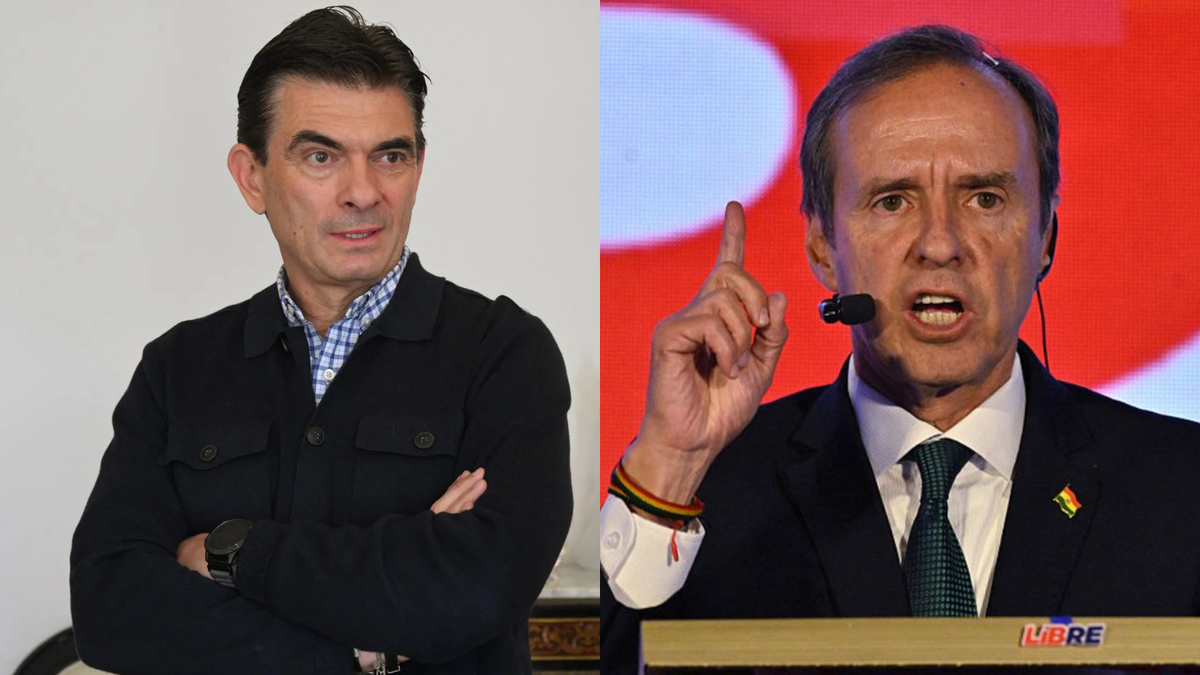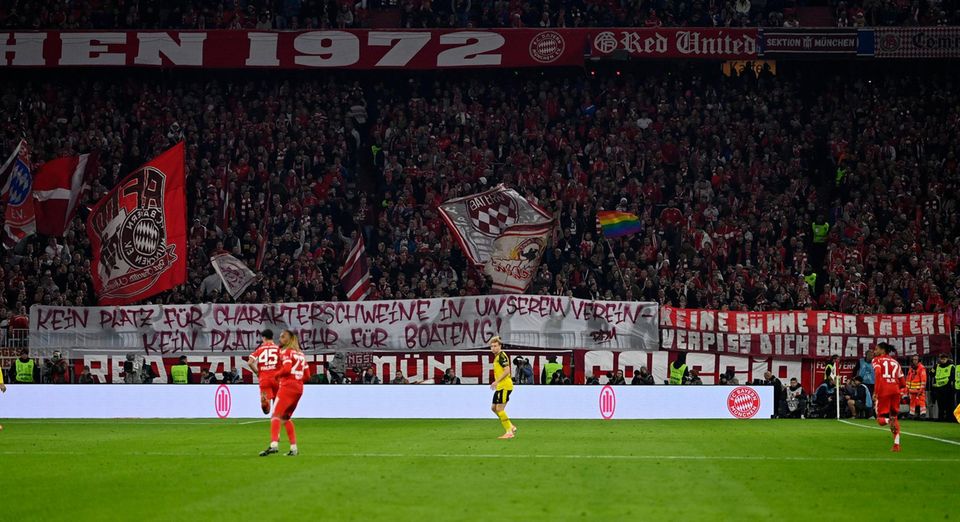The prices of Petroleum They fell this Tuesday due to some signs of a lower supply shortage, despite the attack of Israel to Ráfah, in Loop, and the fact that negotiations for a ceasefire with Hamas.
Brent crude futures fell 17 cents to $83.16 a barrel, while U.S. crude futures West Texas Intermediate (WTI) They fell 10 cents to $78.38 per barrel.
The global demand for Petroleum would grow less this year than previous estimates and production would rise faster than expected, resulting in a more balanced market, the company said. United States Energy Information Administration (EIA).
It is worth noting that Brent and WTI had recorded their largest weekly losses in three months, while the market focused on the weak employment data from the United States and the possible schedule of interest rate cuts from the Federal Reserve.
Tension continues in the Middle East, but it did not influence investors
In this way, oil traders overlooked the escalation of tensions in Middle East, where the Israeli Army took control of the Rafah border crossing, between the Gaza Strip and Egypt, and its tanks entered the southern city of Rafah, as mediators struggled to reach a ceasefire agreement.
“Instead, their focus appears to be on the uncertainties surrounding the outlook for global economic growth and the expected impact of slowing growth on oil demand,” he said. Ricardo Evangelistaanalyst at the financial brokerage ActivTrades.
Hamas accepted on Monday a ceasefire proposal in Loop of the mediators, but Israel said the terms did not meet its demands and went ahead with attacks in Rafah while planning to continue negotiations on a deal.
The lack of agreement between the parties in the conflict, which has lasted seven months, has supported the rise in oil prices. Petroleum, as investors fear that the regional escalation of the war will disrupt crude oil supplies from middle East.
The decision of Saudi Arabia to increase in June the official sales prices of the crude oil that it sells Asia, the northwest of Europe and the Mediterranean It has also contributed to the rise in prices, predicting strong demand this summer.
The world’s main exporter raised the price of its Arab light crude oil to Asia to $2.90 a barrel above the average Oman/Dubai in June, the highest since January and the highest of traders’ expectations, according to a Reuters poll.
Source: Ambito




